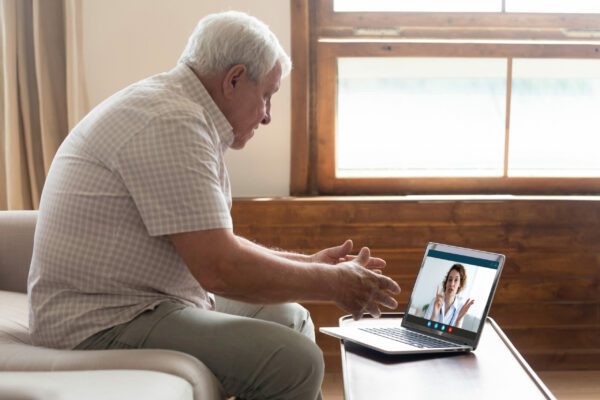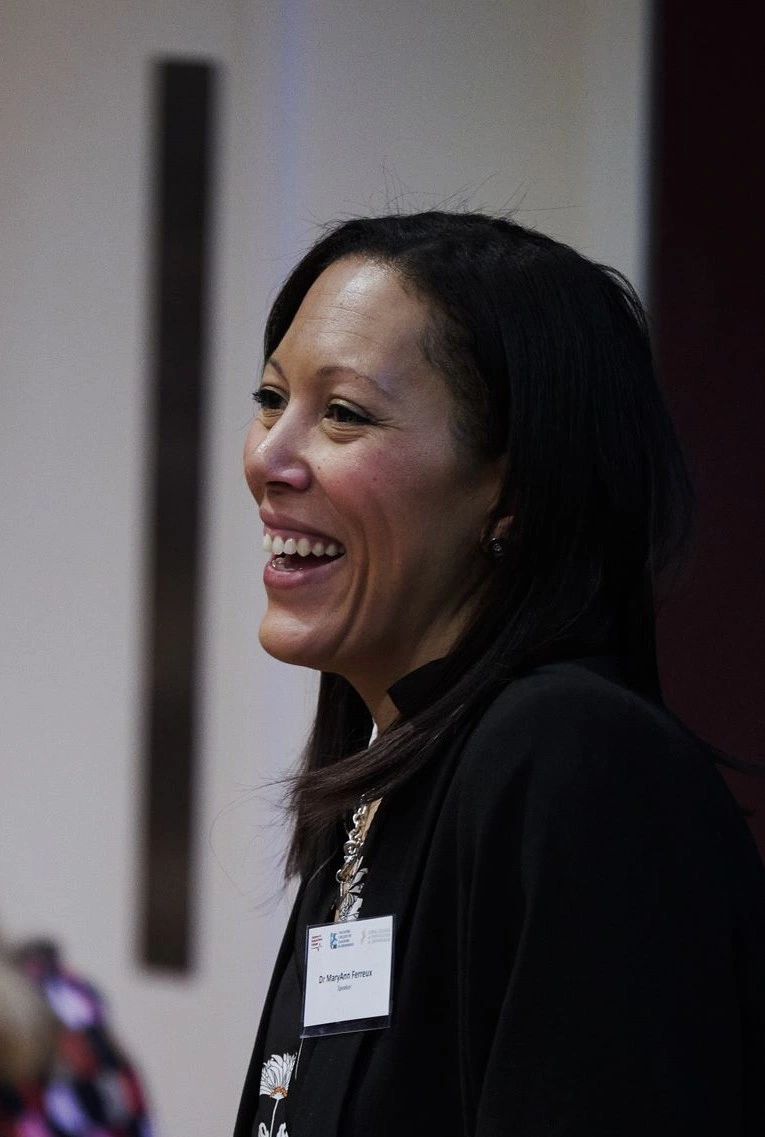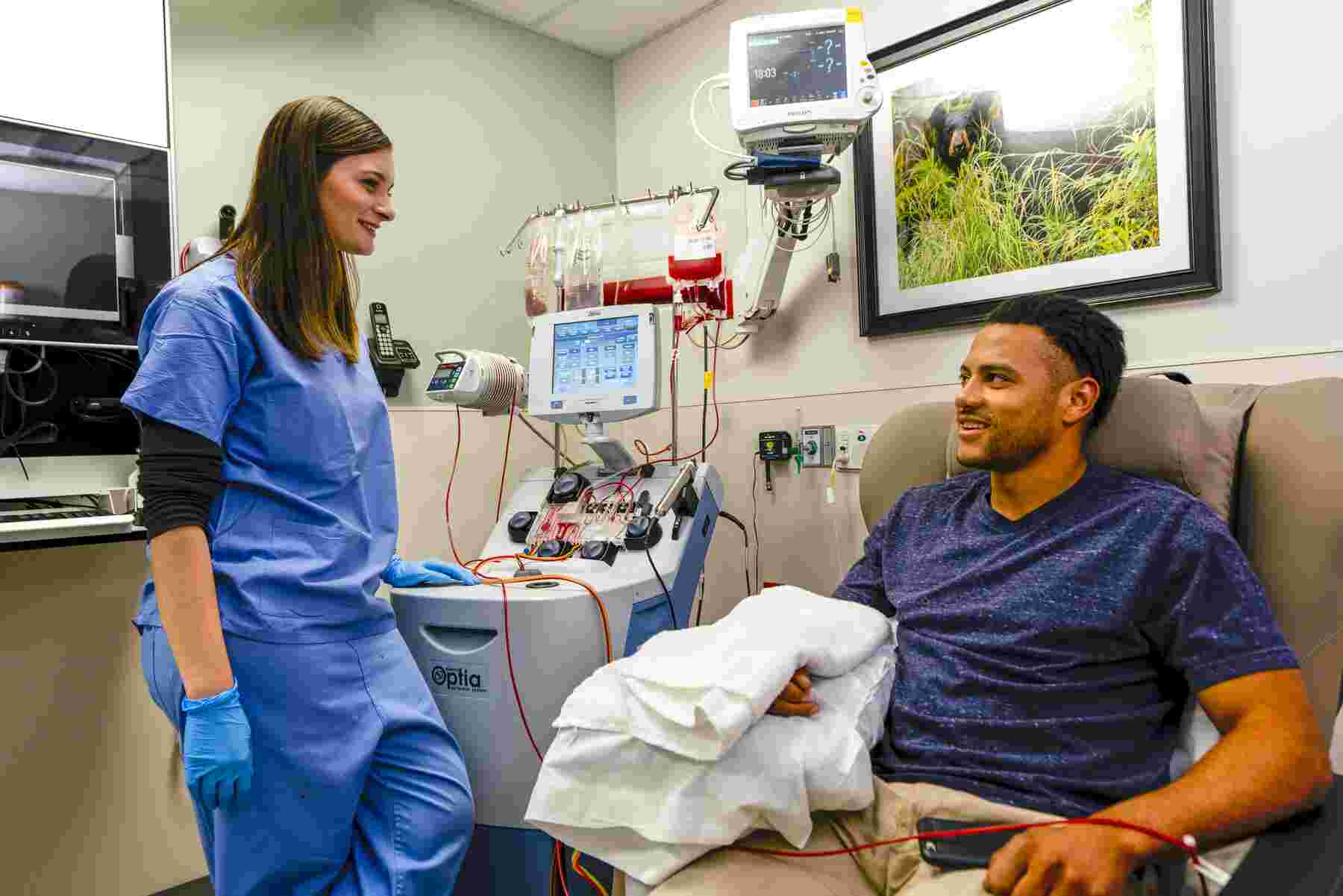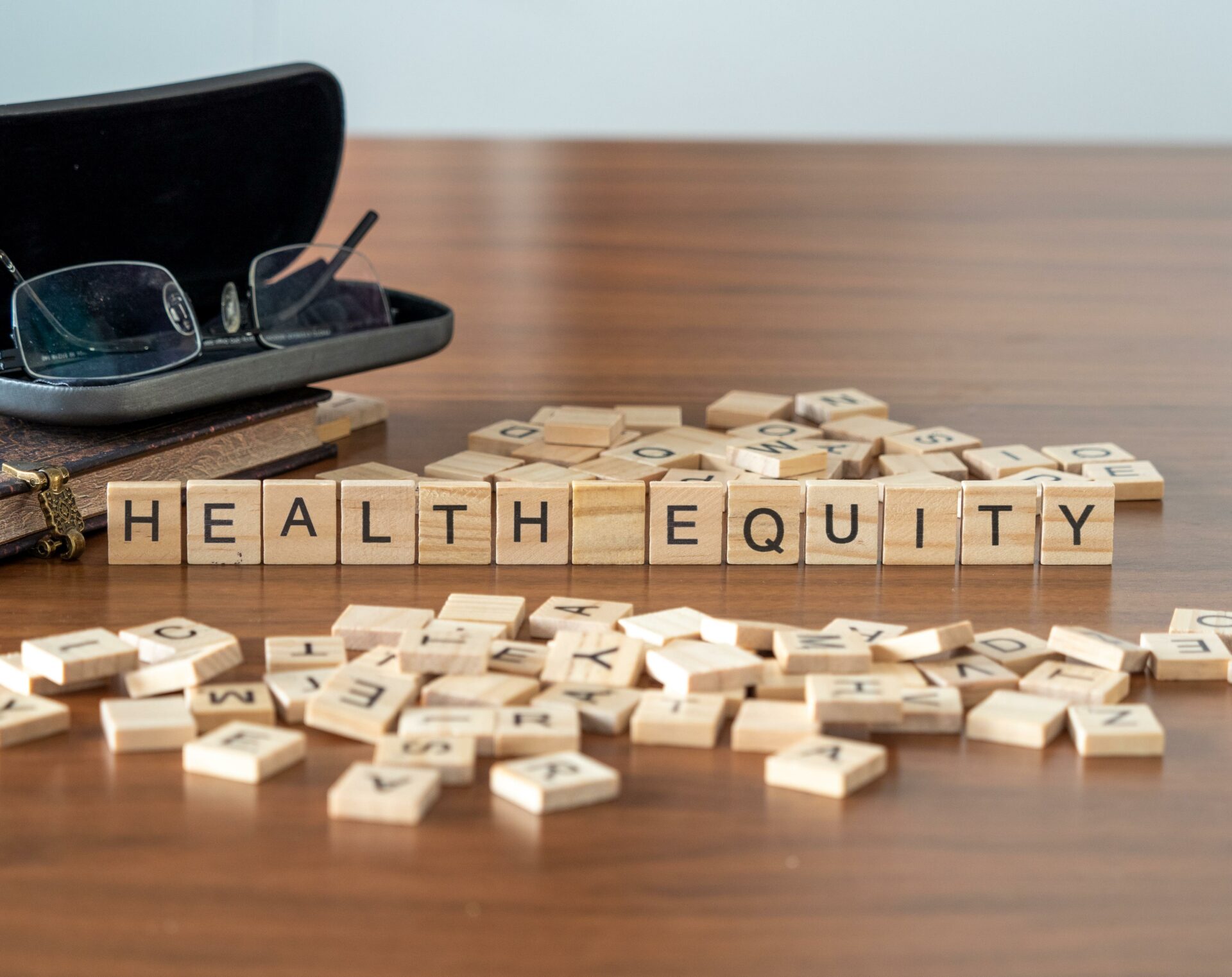I was thinking about how I would explain ‘remote health’ to my Mum, and it struck me that the concept of remoteness is another example of a health professional’s perspective on healthcare. Remote health refers to those ways of delivering healthcare where the patient is not in the same physical location as the clinician. But the word remote usually refers to distance and being out of reach, so perhaps the term is counterproductive because remote healthcare should be more about enhancing the connection between clinicians and patients.
Since the world was plunged into a pandemic, the use of remote health technology has taken off like never before. It has become an obvious solution to maintaining treatment whilst keeping our distance from each other, which is particularly important for those shielding or vulnerable. NHS services who had yet to introduce remote health services suddenly sped up implementation, funding became available and organisations like the AHSN Network and NHSX helped clinical teams on the ground to set it all up and get it working well.
This builds on an opportunity that people have been considering or hoping for, for a number of years. We have all experienced how digital technology has changed the way many of us shop and book holidays, but until recently it had not yet impacted healthcare in the same way. I recall a colleague working in digital health in the middle of 2020 telling me that they had managed to get more done in the previous three weeks than they had been able to do in the past three years.
Remote healthcare covers a whole range of services such as ‘virtual consultations’ (over the telephone and video calls) or ‘remote monitoring’ where patients use technology to provide information about their healthcare condition to a clinician. There are plenty of other similar terms used to describe these concepts including telehealth, telemedicine and virtual wards.
Connecting people who are not in the same space requires patients and the public to interact with healthcare in a different way, but there is a real opportunity for this to be very successful if we go about it deliberately and with purpose. Whilst it is never going to replace face-to-face delivery of healthcare, when it works well remote healthcare can be more convenient for everyone if the technology and processes around it are fit for purpose and well planned. The key to this is to properly consider the experience of both patients and clinicians. This is about understanding how people access the tools; do they trust them? Are they easy to use? Is it clear what will happen?
Remote monitoring during the pandemic
I led the national learning network that has supported the implementation of Covid Oximetry @home and Covid Virtual Wards. In the first wave of Coronavirus (COVID-19) it became clear that some people were getting very ill from what was a mild disease for other people. Rapid research identified that a drop in oxygen levels in the blood was a key sign of deterioration. Providing pulse oximeters to people at risk of poor outcomes became an essential mechanism for getting patients the right treatment quickly. Also, when people had been in hospital with coronavirus but were well enough to go home, they could use pulse oximeters to check that their condition had not become worse. In many parts of the country, in addition to pulse oximeters, people were given access to technology that gave direct information about their readings to the healthcare team monitoring people at risk. Others provided this information through noting their reading in a diary and providing updates through regular telephone contact. It is vital to provide options so that people are not disadvantaged by the introduction of new technology.
Coronavirus has changed the landscape in terms of the importance of digital tools for many aspects of our lives including healthcare. 1.5 million more people became connected online this year (Good Things Foundation, 2021). Health needs may even be a catalyst for people to become more digitally enabled, provided there is good connection between healthcare systems and those parts of the voluntary sector who can support those less technologically confident and equip them to use the tools.
Tackling digital exclusion
Currently there is a great deal of attention being paid to tackling health inequalities. Advancements in remote health are an opportunity for healthcare to put its money where its mouth is. Particular attention needs to be paid to adults with learning disabilities; older adults; racialised groups; children and young people; disabled people; older people; those with a precarious migration status, no recourse to public funds or undocumented. For each of these groups of people it is important to gain understanding and insight into the particular challenges they might face. We must also guard against over-generalising about people within these groups, avoid making assumptions and instead check our thinking through direct contact with the people themselves, or suitable representatives.
The issue of digital exclusion is complex and challenging. Nesta wrote a report titled ‘Data or dinner’ in which they stated “If you or your household cannot afford an adequate amount of data for your needs then you are increasingly excluded from opportunities.”
As responsible citizens we must always offer alternatives but also do what we can to enable equitable access, otherwise there is a danger that healthcare will become ever more remote for some.
In my view, to make the use of remote health technology a success for everyone we need to focus our efforts on ensuring on meaningful connection between patients and clinicians. The best way to understand this is by helping clinicians and patients to partner in the development and implementation of new technology. That way we can be confident about using these tools to enhance healthcare experiences and outcomes for all.
To hear more on this subject, listen to the Health Innovation podcast episode Remote Health: What works?

“Health equity is the attainment of the highest level of health for ALL people. Achieving health equity requires valuing everyone equally with focused and ongoing societal efforts to address avoidable inequalities, historical and contemporary injustices, and social determinants of health — and to eliminate disparities in health and health care.” (health.gov) Within the NHS there [...]

Sickle cell disease (SCD) is a serious and lifelong health condition. People with SCD produce unusually shaped red blood cells that can cause problems because they do not live as long as healthy blood cells and can block blood vessels. This can result in suffers experiencing painful episodes, called sickle cell crises, as well as anaemia, [...]

At the Royal Society of Medicine’s Tackling Inequalities conference it was clear from the passion in the room that great progress has been made across the system to better support some of our most under-served communities. To maintain this momentum, we must not just embed tackling health and healthcare inequalities in all that we do, [...]







